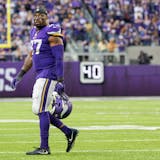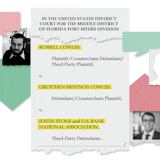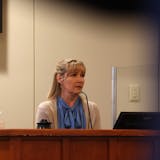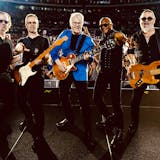Minneapolis, a perennial contender for the nation's best urban park system, lost its crown to Washington, D.C., and fell to third in the Trust for Public Land's 2021 ParkScore Index. St. Paul, which ranked third last year, rose to second.
ParkScore evaluates a park system's access, acreage, spending and amenities to determine how well America's top 100 cities are serving their residents. In Minneapolis, 98% of people live within a 10-minute walk to a park. In St. Paul, it's 99%.
Still, there are disparities. ParkScore found that in census block groups with the highest concentration of people of color, the nearest parks tended to be smaller and more crowded.
Minority neighborhoods have access to 58% less park space per capita than white neighborhoods in Minneapolis, a larger disparity than the national gap of 44%. In St. Paul, people of color have 30% less park space than their white counterparts.
"The movement in the ranks this year isn't due to anything that the Minneapolis Parks and Rec Board did or did not do in the last 12 months," said Linda Hwang, the trust's director of strategy and innovation. "These new measures really reflect historic redlining and racially restrictive covenants going all the way back to the turn of the century."
The equity data only goes so far, said Susan Schmidt, the trust's Minnesota state director. It doesn't capture how safe people feel at their neighborhood park, whether the trash is picked up or other indicators of quality.
While the cities have a shared history of discriminatory land use practices, Schmidt, who lives in St. Paul, speculated that the capital city may have pulled ahead of Minneapolis simply because of nature's distribution of its resources.
With Como Lake in the west, Lake Phalen in the east and Battle Creek in the city's southeast corner, the creation of large regional parks occurred more evenly.



